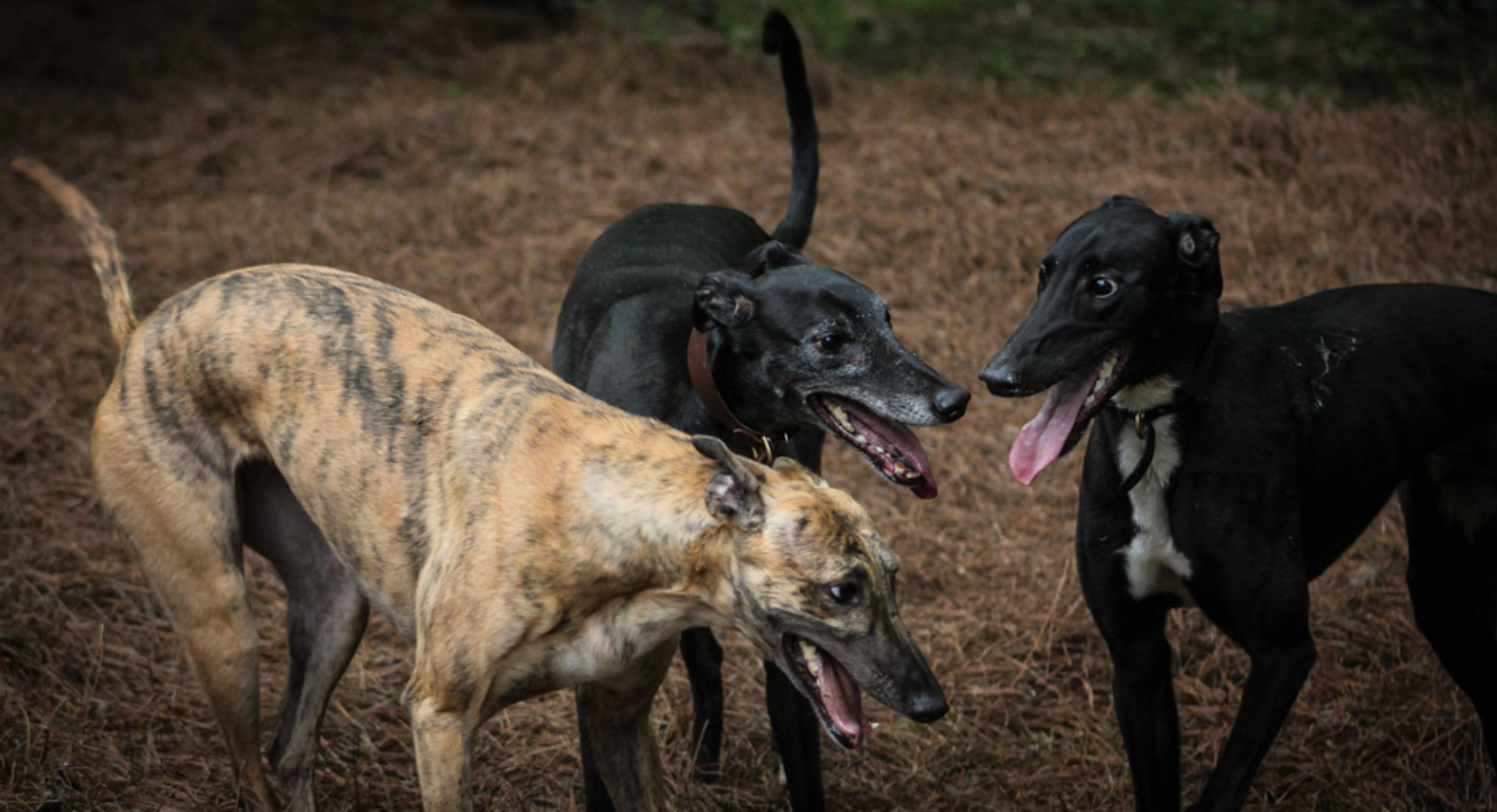The other day I was walking with Sashi. We were on a trail close to the lake that offers great photo spots, easy access for swimming, and nice smells to keep the dogs interested for hours. Sashi was off leash. This path is safe and in a secluded area away from cars and Sashi is a huge fan of his people and doesn’t like to wander far from us.
We had stumbled on a nice spot for a photo. I stepped back from Sashi to start shooting him. I saw him alert through my viewfinder and then I heard someone coming toward us yelling for their loose dog.

I asked Sashi to come closer and I grabbed his collar and my mace that I keep handy when we go out for a walk. We stood there and watched the owner continue to yell for her dog to come while the dog was coming closer and closer to us.
The dog stopped about 20 feet from us—I guess we were boring to her standing like statues.
The dog’s owner approached the dog and leashed her. The entire time the dog was coming closer to us the owner was yelling, “don’t worry, she’s friendly.” When the owner got control of the dog, she looked up at me and asked, “Are you scared?”
This exchange reminded me how clueless many people are to their dog’s cues, behavior, and how a well-managed dog behaves.
Sashi is a well-socialized dog. But he is not allowed to greet every dog and person with the enthusiasm that he greets Clint and me. I have firm expectation of what Sashi should do and he complies—Of course Sashi disobeys sometimes and he is punished appropriately for his crime. The freedoms Sashi so much enjoys are not rights but privileges for his behavior that can be taken away at any moment.
The dog approaching us was probably not a “bad dog.” Actually I do not see the dog as a problem at all. The problem was the owner’s complete lack of concern for her dog and its behavior. The loose dog’s owner had no idea of Sashi’s temperament, no clue if he is vaccinated; she basically had no clue about anything in the situation. She put her dog at such a huge risk. I was amazed by her response to my calm collected hound.

This idea that many people feel their ill-behaved dog is simply friendly is too common and places additional burdens on pet owners who believe in having a balanced dog with manners.
The problems displayed by many dogs’ lies with the pet owner. It is our job as pet owners to be responsible for our pets. Included in the umbrella of responsible pet ownership includes managing your dog and teaching them basic commands.
By no means am I saying that all dogs should be classically trained in obedience. But I do believe it is our responsible to keep our dogs safe—either by training or making sure the dog is safely and properly contained. By following these principals this minimizes the risk of accidents.
Pet owners simply must get over the idea that all dogs are friendly, want to socialize, and are allowed to socialize as they please.
As pet owners were must demand a higher level of respect for our dogs. Respect for each other’s dogs can be achieved by properly containing our pets, training our pets, and not accepting bad behavior and stamping it with the label, “friendly.”






















